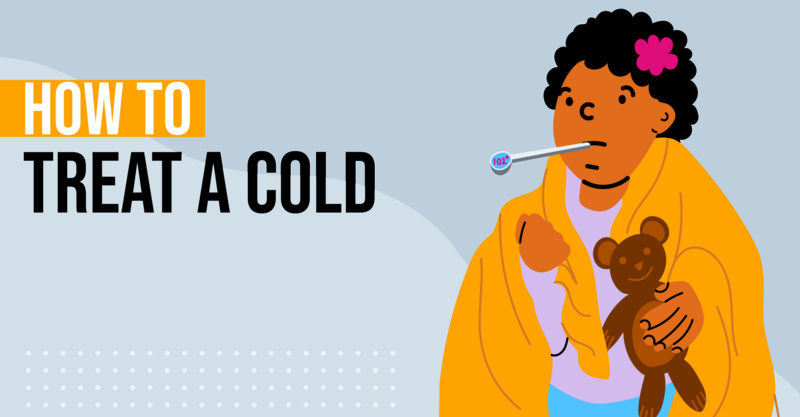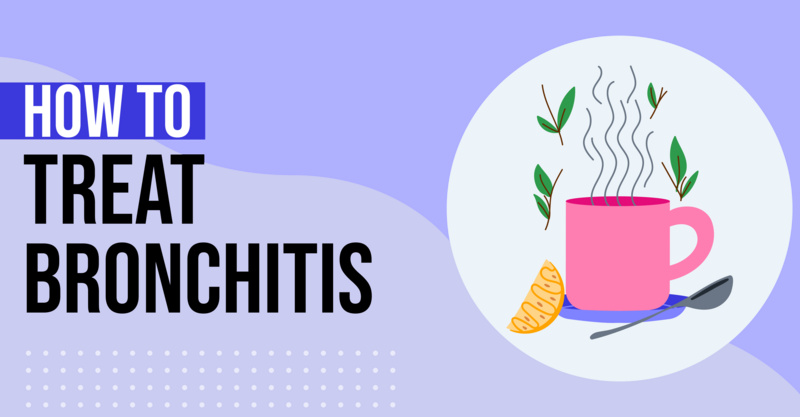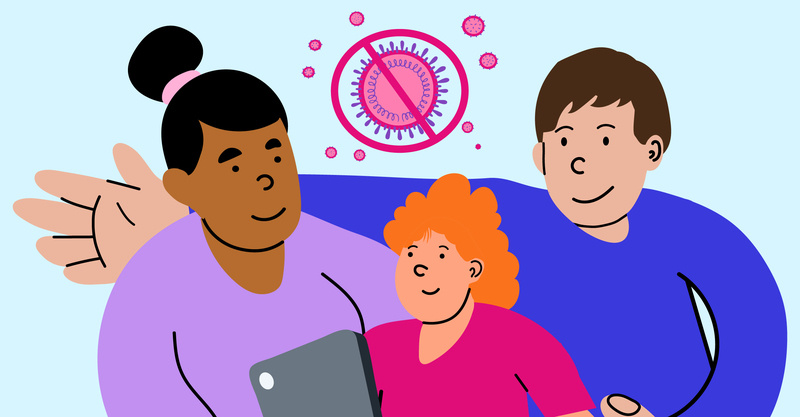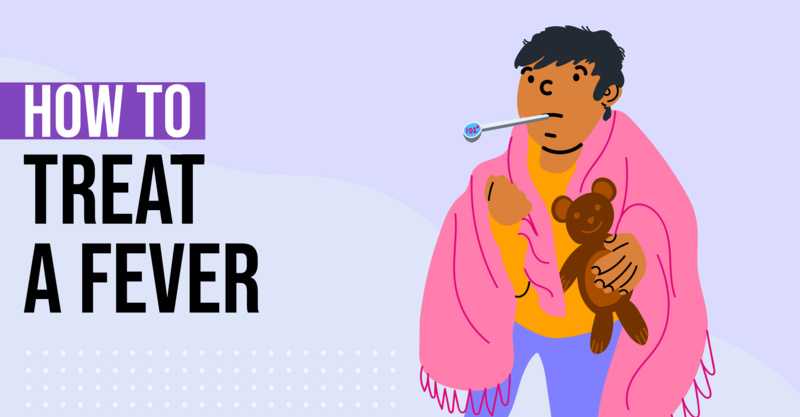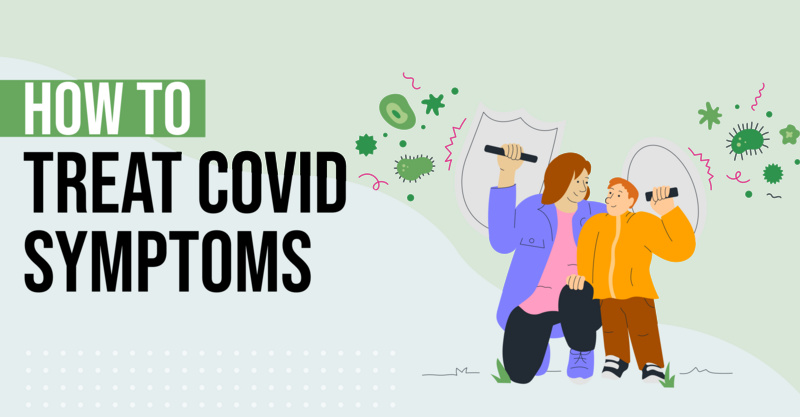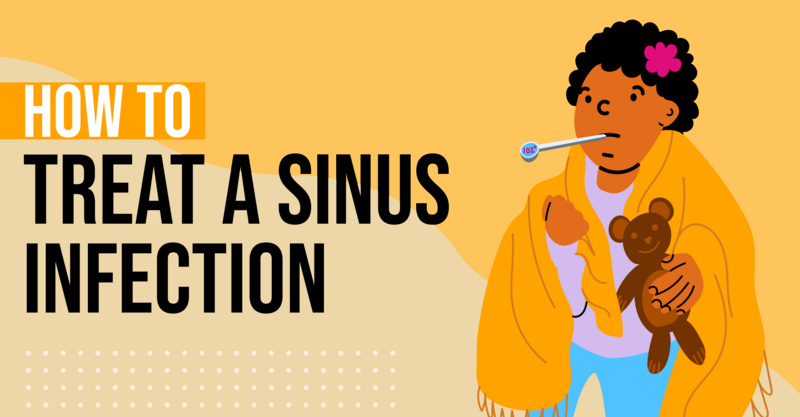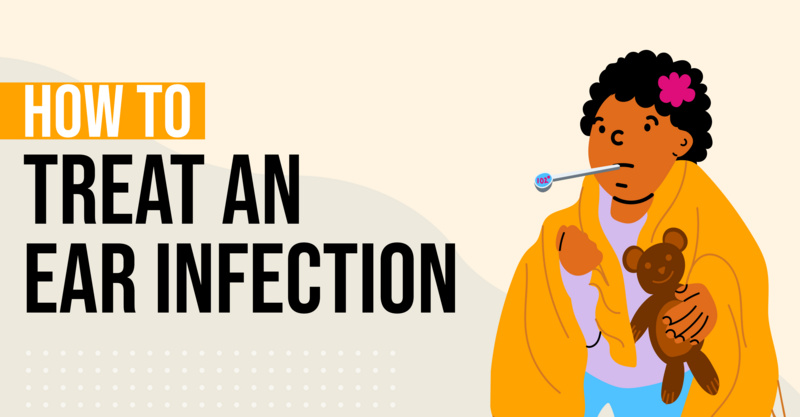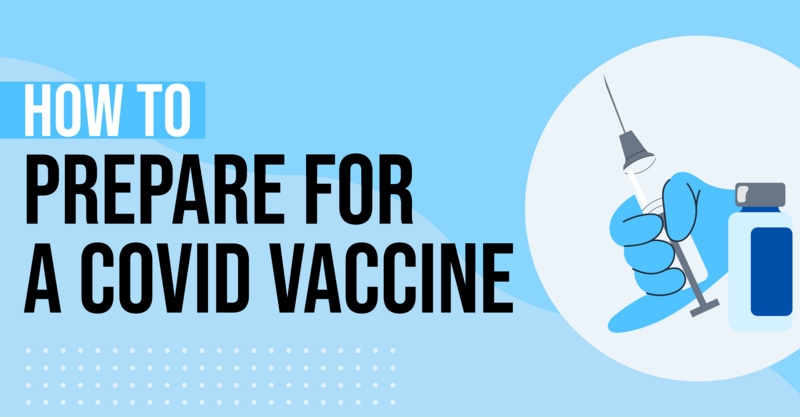Key Points
- The flu is a highly contagious illness caused by the influenza virus, with types A and B affecting humans.
- The virus mutates frequently and spreads through multiple means like respiratory droplets, personal contact, and contaminated surfaces.
- Symptoms of the flu are severe and can lead to complications such as pneumonia, organ failure, and worsening of chronic health problems.
- The flu is most contagious during the first three to four days of infection, and preventive measures include vaccination, hygiene practices, and limiting contact with others when sick.
- Treatment options for the flu include antiviral medications, fever reducers, rest, and hydration, and it's crucial to avoid trying to "tough it out" to prevent complications and further spread.
What is the Flu?
You know that time of year: Everyone around you starts getting sick and talking about how something is “going around.” The flu is a highly contagious and common illness that is caused by the influenza virus. There are three types of flu viruses: influenza A, B, and C. However, only types A and B cause illness in humans. If you’re wondering about the differences between the two, the answer mostly has to do with whom they affect. Influenza A affects humans as well as animals, and is more common than influenza B since it has hundreds of strains. Influenza B is only found in humans, but there is no major difference between how types A and B affect your body.
There are so many different strains of the flu virus and they mutate often, which is why people come down with the flu year after year. You can get it by breathing in someone else’s respiratory droplets through coughing or sneezing, personal contact from shaking hands or hugging, saliva through kissing or sharing drinks, and putting your hands on contaminated surfaces, such as door knobs and handle bars. People of all ages can get the flu, with most cases in the Northern hemisphere occurring between December and March.
Possible Symptoms of the Flu
It is often said that when you have the flu, you will definitely know it. That is because unlike symptoms of the common cold that emerge gradually and are mild, symptoms of the flu hit quickly and aggressively, making you feel miserable. You may start the day feeling fine, but by evening, you begin to feel the onslaught of troublesome symptoms. In addition to fever (over 100.4 F), you may experience the following symptoms:
- Muscle or body aches
- Fatigue
- Chills and sweats
- Headache
- Dry, persistent cough
- Sore throat
- Runny or stuffy nose
- Some people may also experience vomiting and diarrhea (more common in children).
The time from when you are exposed to the flu virus and when symptoms begin is about one to four days.[1]
Most people will begin to feel relief from flu symptoms within a few days to less than two weeks. Some people, however, may develop complications such as pneumonia, which can be life-threatening and lead to death.[2] Pneumonia may result from either the influenza virus infection alone or from a co-infection of the flu virus and bacteria.
A range of other flu complications may occur, including:
- Sinus and ear infections
- Inflammation of the heart (myocarditis), brain (encephalitis) or muscle (myositis, rhabdomyolysis) tissues
- Multiple organ failure
- Sepsis (the body’s life-threatening response to an infection)
- The flu virus can also worsen certain chronic health problems, such as asthma and congestive heart failure
Top Flu Causes
Influenza A, B and C Viruses
The flu is a respiratory illness caused by influenza viruses. There are three types of flu viruses that may affect humans: A, B and C. Influenza viruses A and B are the strains that cause seasonal epidemics of flu. Flu season lasts from October to May, with December to February being the peak months for infection.[3] Influenza type C infections generally cause a mild respiratory illness.
Influenza is a complicated virus with strains of influenza A divided into subtypes and further broken down into different strains. While influenza B is not broken down into subtypes, it can be broken down into various strains.[4]
Coming in Contact With Someone Who Has the Virus
Once flu season hits, the number of people falling prey to this viral infection spikes dramatically due to the highly infectious nature of this illness. The flu is spread primarily when people who are infected sneeze or cough without taking proper precautions, such as covering their mouths. Tiny infected droplets are emitted into the air and can land in the mouths, eyes and noses of people in the area. Viruses are also spread when you touch an infected surface such as a shopping cart handle, phone or keyboard and then immediately rub your eyes or touch your nose or mouth.
According to the National Foundation for Infectious Diseases, the flu is most contagious during the first three to four days. Some people, however, may unknowingly infect others beginning one day before symptoms develop and up to five to seven days after becoming sick.[1]
7 Ways to Prevent the Flu
Coming down with the flu is not only an inconvenience that leads to days of missed work and school, it can spell trouble for some, especially people 65 years and older, people with certain chronic medical conditions (such as asthma, diabetes or heart disease), pregnant women and young children. The following are preventive measures that can help you steer clear of getting sick.
1. Get the Flu Vaccine... Every Year
These vaccines cause antibodies to develop in the body to fight the threat of infection and take about two weeks after vaccination to become effective. “Trivalent” vaccines protect you against an influenza A (H1N1) virus, an influenza A (H3N2) virus and an influenza B virus. A “quadrivalent” vaccine adds the protection of an additional B virus.[5] It is recommended that everyone six months of age and older get an annual flu shot.
A flu shot, however, does not provide 100 percent protection. That is why it is so important to follow these other precautions to decrease your chances of getting sick.
2. Avoid Close Contact With Sick People
Steer clear of co-workers and friends who have the flu. If you are a parent or caregiver, create a separate sick room and wear precautionary items, such as a face mask and gloves.
3. Limit Contact With Others When You Are Sick
Did you know that when you are sick you can infect others who are six feet away? If you come down with the flu, it is recommended that you stay home for at least 24 hours after your fever is gone (without the aid of a fever-reducing medicine), except to get medical care. When you are home, remember to wear a face mask when you are within six feet of others.
4. Be Extra Cautious When You Cough or Sneeze
To prevent those airborne, infected droplets from making someone else miserably sick, remember to cover your nose and mouth with a tissue when you cough or sneeze. Throw the tissue in the trash after you use it and wash your hands.
5. Wash Your Hands Often
Soap and water will be your trusted allies during flu season. Wash your hands often (for 20 seconds), especially before eating. Proper washing means getting between your fingers and under your nails. While using soap and water is best, an alcohol-based hand sanitizer may be used as an alternative.
6. Hands Off Your Face
Avoid touching your eyes, nose and mouth, as these are the main ways flu viruses enter your system.
7. Disinfect Frequently Touched Surfaces
While flu viruses are primarily spread via droplets in the air, touching an infected surface can also get you sick. Disinfect frequently used surfaces and objects, such as doorknobs, computer keyboards, light switches, remote controls, refrigerator door handles and phones.
Possible Flu Treatment Options
Since the flu is caused by viruses, antibiotics will not help treat it (antibiotics treat bacterial infections). There are other helpful treatment options available to help you get through, including:
- Antiviral medications
- Acetaminophen or ibuprofen for fever
- Rest and fluids
Antiviral medications can be prescribed to help shorten the duration of the flu (typically by one or two days) as well as lessen the severity of symptoms. Use of antiviral medications is especially beneficial for those at increased risk for developing flu-related complications. They are most effective when taken within two days of getting sick.
If you have a high fever, acetaminophen or ibuprofen may help. Putting a cool, damp washcloth on your head as well as washing your arms and body with a cool cloth also helps.
There are also certain lifestyle changes that you can make to recover from the flu. Getting plenty of rest and drinking lots of fluids, as well as avoiding caffeinated drinks such as coffee, tea and soda, are known to be helpful for many people. Sports drinks, broth or other clear liquids are beneficial when you have the flu.
Overall, avoid trying to “tough it out” by going to work or school or maintaining your regular hectic schedule. Doing so puts you at great risk for developing complications as well as spreading your germs to others. Give your body the time it needs.
Questions Your Doctor May Ask About the Flu
- What are your symptoms? Do you have a sore throat? Do you have a cough? Are you having trouble breathing?
- When did your symptoms begin?
- How long have you had a temperature?
- What is the highest your temperature has gotten?
- Have your symptoms worsened?
- When was your last flu shot?
- Do you have any medical conditions, such as asthma, heart disease or lung disease?
Flu May Also Be Known as
- Influenza
- Influenza virus A
- Influenza virus B
- Influenza virus C
- H1N1
- H3N2
Sources
Frequently asked questions
What causes the flu?
The flu is caused by the influenza virus, specifically types A and B in humans.How does the flu spread?
The flu spreads through respiratory droplets, personal contact with infected individuals, saliva, and contact with contaminated surfaces.What are the symptoms of the flu?
Symptoms of the flu include fever, body aches, fatigue, chills, headache, dry cough, sore throat, and runny nose.Can the flu lead to other health complications?
Yes, the flu can lead to complications like pneumonia, sinus and ear infections, inflammation of the heart, brain or muscle tissues, multiple organ failure, sepsis, and can worsen chronic health problems.When is the flu most contagious?
The flu is most contagious during the first three to four days after the initial infection.What preventive measures can be taken against the flu?
Preventive measures include getting the flu vaccine, avoiding close contact with sick people, limiting contact when you are sick, washing hands often, and disinfecting frequently touched surfaces.How is the flu treated?
The flu is treated using antiviral medications, acetaminophen or ibuprofen for fever, rest, and staying hydrated.Should I go to work or school if I have the flu?
No, it's important to avoid going to work or school when sick with the flu to prevent complications and spreading the virus.
